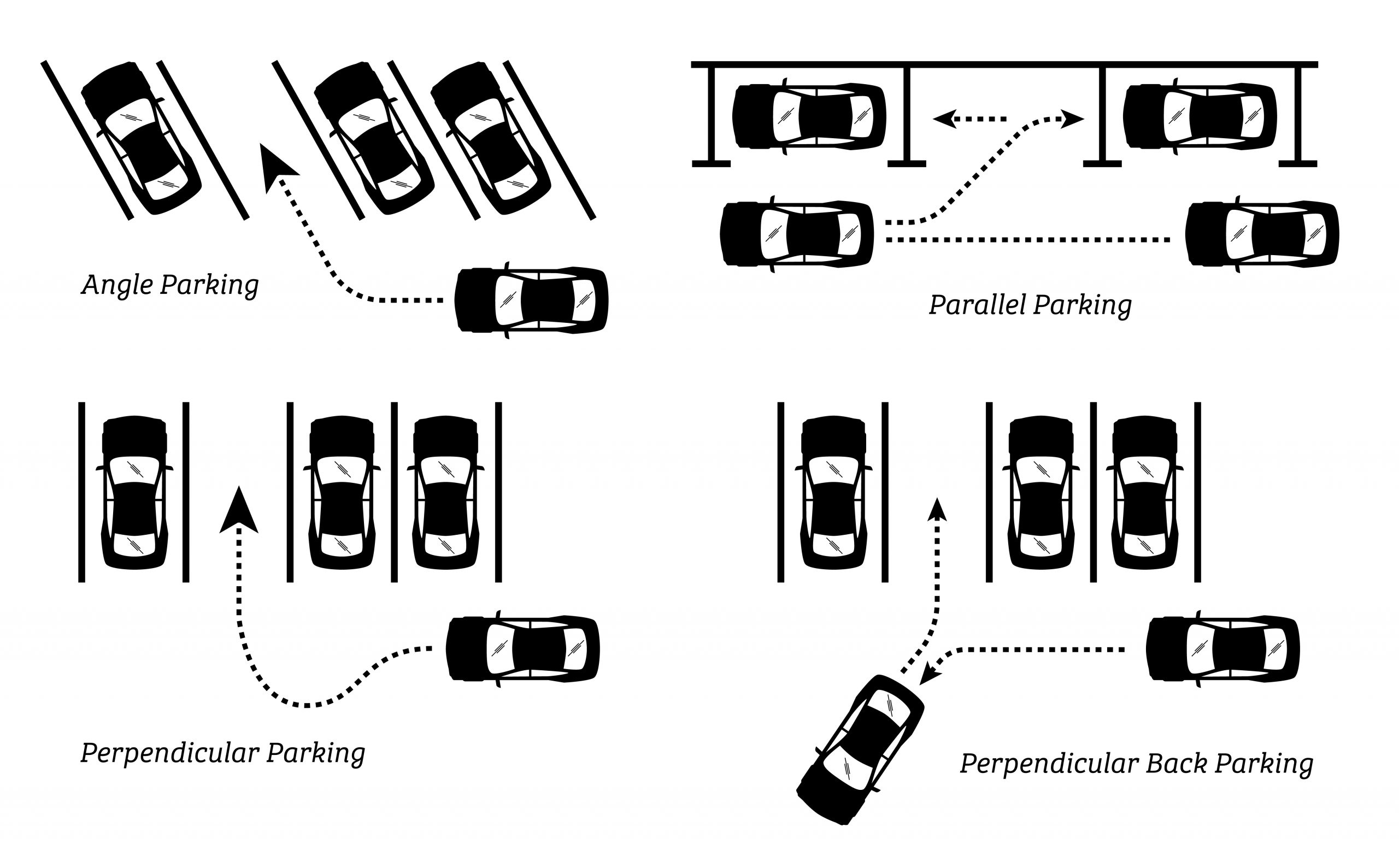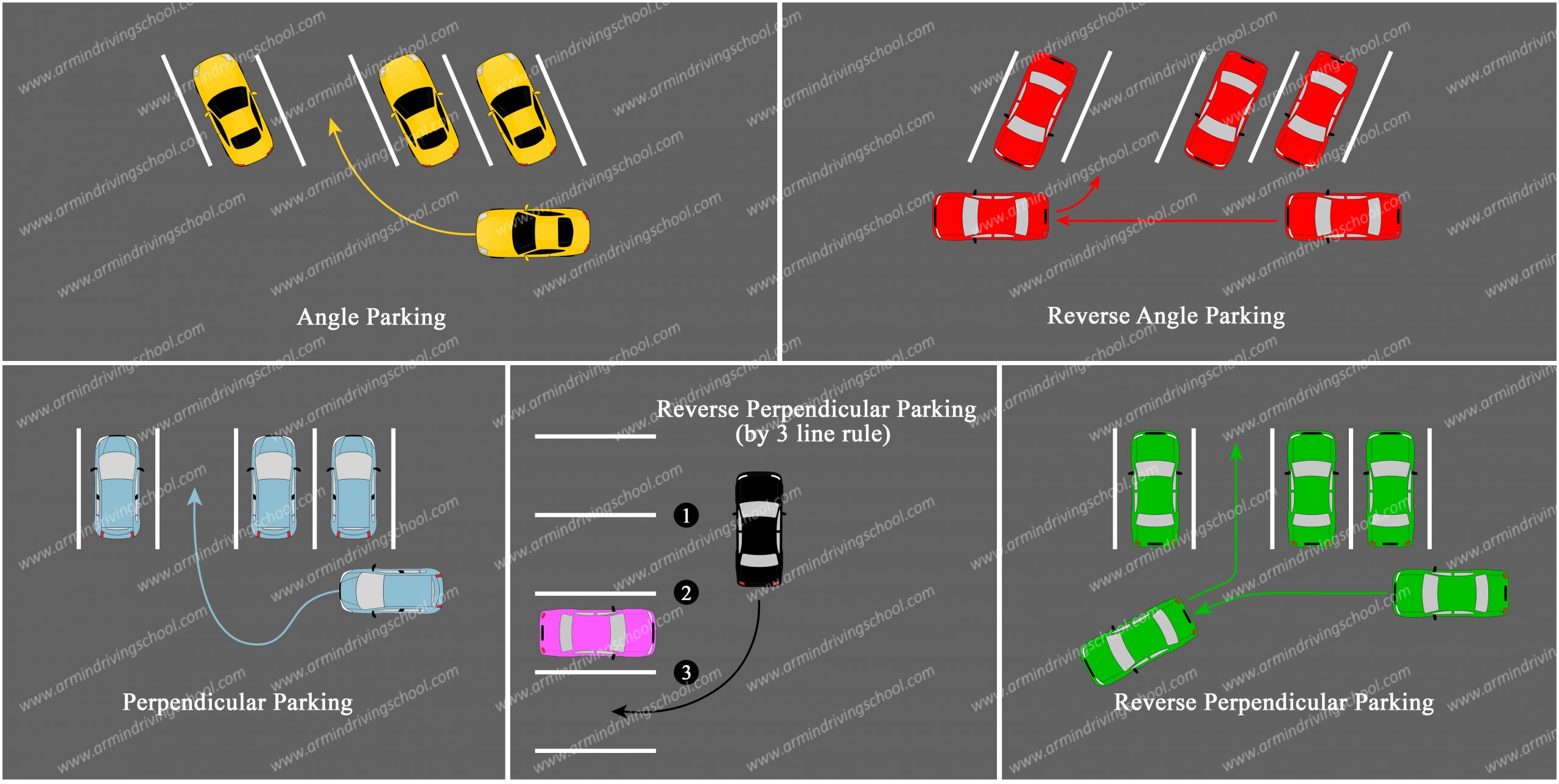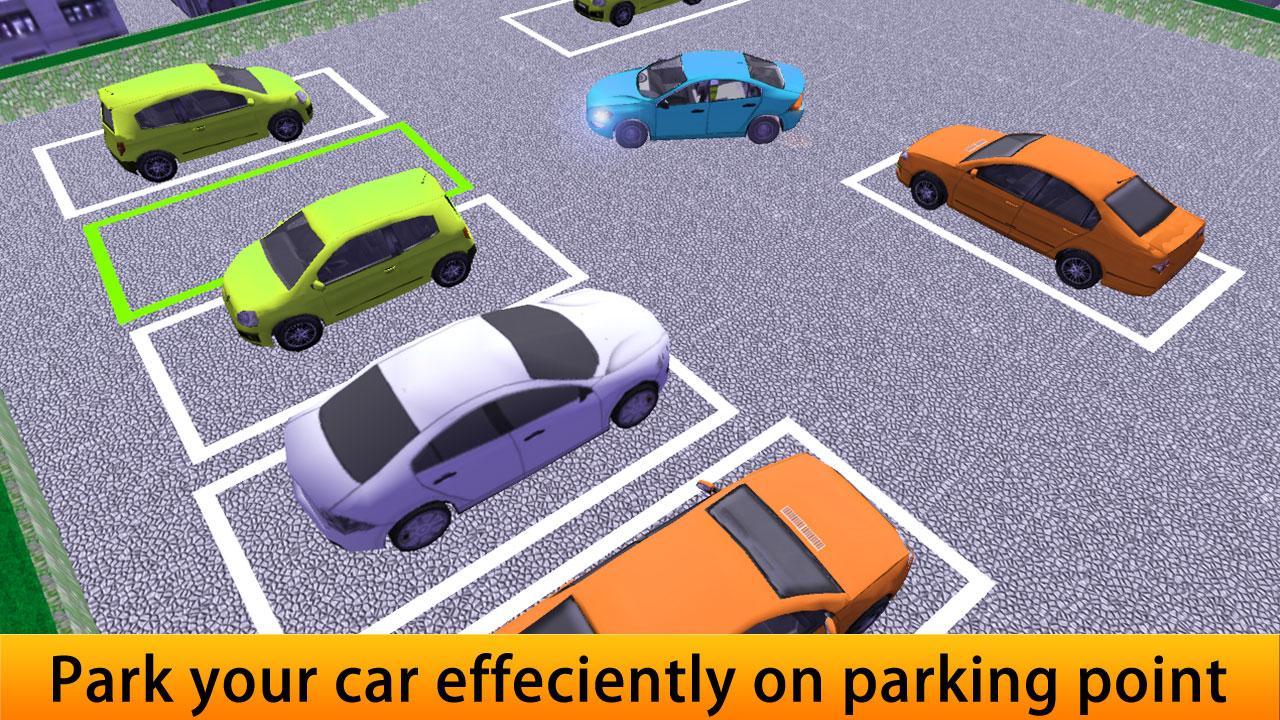Mastering the Art of Perpendicular Parking: A Comprehensive Guide for Beginners
Mastering the Art of Perpendicular Parking: A Comprehensive Guide for Beginners

Parallel parking, with its tight maneuvers and need for precise control, often strikes fear into the hearts of new drivers. But there’s another parking style that’s often overlooked: perpendicular parking. This method, also known as "90-degree parking" or "bay parking," offers a more straightforward approach to parking, making it a fantastic choice for beginners and seasoned drivers alike.
Perpendicular parking involves pulling your vehicle into a parking space that is positioned at a 90-degree angle to the curb. This method is commonly found in parking lots, garages, and even on some streets, offering a convenient and efficient way to park your car.
Related Articles: Mastering the Art of Perpendicular Parking: A Comprehensive Guide for Beginners
- Navigating Orlando International Airport With Ease: Your Ultimate Guide To Google Maps
- Navigating The Parking Maze At MCO: Your Guide To Finding The Perfect Spot
- Navigating The Waters Of Navy Pier Parking: A Comprehensive Guide For Your Chicago Adventure
- San Diego Airport Parking: Your Guide To Finding The Best Deals
- Orlando Airport Parking: Save Big With Coupons And Tips
Why Choose Perpendicular Parking?
- Easier to Learn: Compared to parallel parking, perpendicular parking requires less intricate maneuvers, making it a more accessible option for new drivers.
- More Space: Perpendicular parking spaces typically offer more room to maneuver, reducing the risk of hitting other vehicles or objects.
- Faster Entry and Exit: The straightforward design of perpendicular parking allows for quicker entry and exit from your vehicle, saving you time and effort.
- Reduced Stress: The simplified process of perpendicular parking can significantly reduce stress and anxiety, particularly for drivers who find parallel parking challenging.
Step-by-Step Guide to Perpendicular Parking:

-
Find Your Spot: Locate an empty perpendicular parking space that’s wide enough to accommodate your vehicle. Ensure there are no obstacles in your path.

Position Your Vehicle: Drive alongside the space, maintaining a safe distance from the vehicles parked on either side. Align your vehicle with the empty space, making sure your rear bumper is roughly parallel to the vehicles already parked.
-
Signal and Check Mirrors: Signal your intention to park and check your mirrors for oncoming traffic or pedestrians.
-
Start Turning: Slowly turn your steering wheel all the way to the right (if you’re parking on the right side of the road) or all the way to the left (if you’re parking on the left side of the road).
-
Back into the Space: Gently back up into the space, keeping your eyes on your mirrors and the space behind you. Adjust your steering wheel as needed to ensure you’re moving straight into the space.
-
Straighten Your Vehicle: Once you’ve backed into the space, straighten out your vehicle by turning the steering wheel back to center.
-
Final Adjustments: Adjust your position slightly if necessary to ensure your vehicle is centered within the space and parked at a 90-degree angle to the curb.

Tips for Successful Perpendicular Parking:
- Practice Makes Perfect: Practice perpendicular parking in an empty parking lot to build confidence and refine your technique.
- Look Ahead: Always anticipate your next move and plan your maneuvers accordingly.
- Use Your Mirrors: Rely on your mirrors to guide your movements and ensure you’re backing up safely.
- Take it Slow: Avoid rushing the process. Take your time and make slow, deliberate movements to prevent accidents.
- Don’t Be Afraid to Adjust: If you’re not happy with your initial position, don’t hesitate to adjust your vehicle until you’re comfortable.
Beyond the Basics: Advanced Perpendicular Parking Techniques
For drivers seeking to master perpendicular parking and achieve a truly impressive parking experience, consider these advanced techniques:
- The "Back-in" Method: This technique involves backing into the space from a position perpendicular to the parking lane. This method offers greater control and visibility, especially in tight spaces.
- The "Pull-in" Method: For wider spaces, you can try pulling into the space headfirst. This technique involves a sharp turn and requires precise control.
- The "Reverse-and-Pull" Method: This technique combines elements of both the "back-in" and "pull-in" methods, offering a balance of control and efficiency.
Common Mistakes to Avoid:
- Rushing the Process: This can lead to errors and collisions. Take your time and focus on each maneuver.
- Not Checking Your Mirrors: Neglecting to check your mirrors can result in accidents. Always be aware of your surroundings.
- Over-steering: Excessively turning the steering wheel can cause your vehicle to swerve and make it difficult to control.
- Not Correcting Your Position: Failing to adjust your position after backing in can leave you awkwardly parked.
Perpendicular Parking: A Valuable Skill for All Drivers
Mastering perpendicular parking is a valuable skill that can significantly enhance your driving experience. Not only does it offer a more efficient and convenient parking method, but it also boosts your confidence on the road. By following these steps and practicing regularly, you can become a pro at perpendicular parking in no time.
FAQ: Perpendicular Parking
Q: What are the advantages of perpendicular parking?
A: Perpendicular parking offers several advantages, including easier learning, more space to maneuver, faster entry and exit, and reduced stress compared to parallel parking.
Q: Is perpendicular parking suitable for beginners?
A: Yes, perpendicular parking is an excellent choice for beginners due to its simpler maneuvers and less demanding nature.
Q: Can I use perpendicular parking on the street?
A: While perpendicular parking is more common in parking lots and garages, some streets may offer designated perpendicular parking spaces.
Q: What if I don’t have enough space to park perpendicularly?
A: If the space is too narrow, you may need to consider parallel parking or finding a different spot.
Q: How can I improve my perpendicular parking skills?
A: Regular practice in an empty parking lot is crucial for building confidence and refining your technique.
Q: Is it possible to park perpendicularly without turning the steering wheel?
A: While technically possible in some cases, turning the steering wheel is generally recommended for precise maneuvering and control.
Q: What are some common mistakes to avoid when perpendicular parking?
A: Avoid rushing the process, neglecting to check your mirrors, over-steering, and failing to correct your position after backing in.
Q: Can I use perpendicular parking for any type of vehicle?
A: Perpendicular parking is suitable for most vehicles, but it’s essential to consider the size and maneuverability of your specific vehicle.
Q: What are some additional tips for perpendicular parking?
A: Look ahead, use your mirrors, take it slow, and don’t be afraid to adjust your position if needed.
By understanding the benefits and techniques of perpendicular parking, you can enhance your driving skills and make parking a breeze. Embrace this efficient and stress-free parking method and enjoy a smoother and more enjoyable driving experience.

Closure
Thus, we hope this article has provided valuable insights into Mastering the Art of Perpendicular Parking: A Comprehensive Guide for Beginners. We hope you find this article informative and beneficial. See you in our next article!


